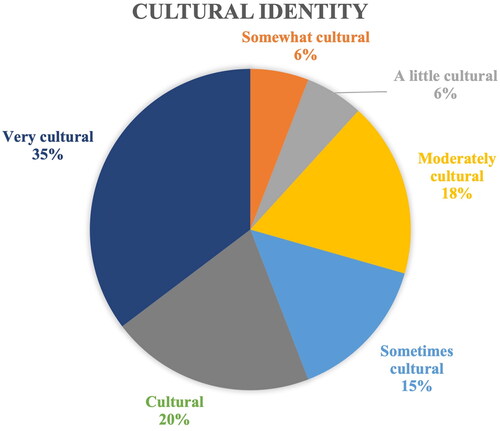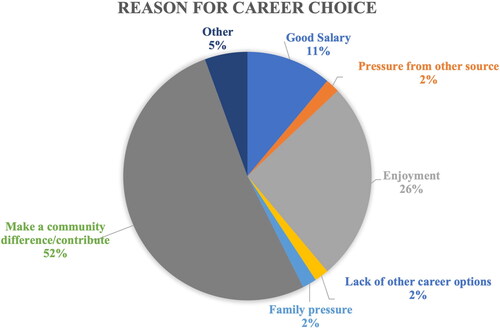Figures & data
Figure 1. Model of integrated learning using TK and Western science each with discrete components denoted inside the black circle. The center of the model is the TK component as the core of Indigenous students worldviews and meaning making, encompassing all disciplines simultaneously along with cultural values and spirituality. The second component is Western science, here each discipline is linked to other disciplines as knowledge of various disciplines impacts students interpretations of learned knowledge and meaning making. In the outermost ring, is the individual student and development of critical thinking skills from using integrated learning pedagogies.
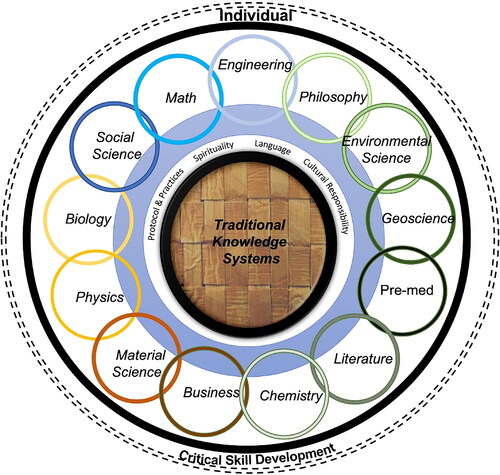
Table 1. Summary of respondent demographics of those who completed the survey. Data demonstrates ethnic identity, level of education, gender, and discipline choice.
Table 2. Summary of disciplines participants engaged in as discrete disciplines as accumulative.
Figure 2. Professional distribution of survey respondents, where 59% of respondents were students, 11% tribal employees, 5% consultants and retired, 4% artists and industry, 3% professor and teacher, and 2% attorney, childcare, government.
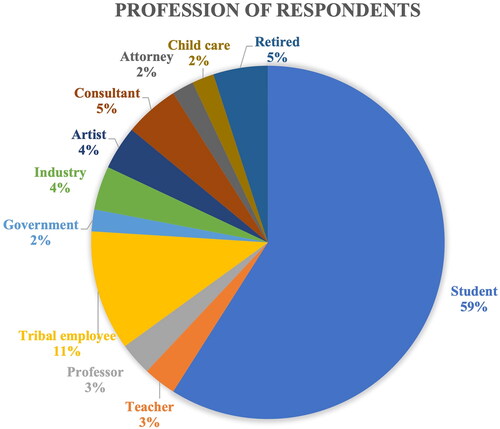
Figure 3. Graphic illustration of personal factors influencing career/discipline choice. 33% of respondents indicated that mentors and teachers had a strong impact on career choice. 15.85% stated that it was very important to have a STEM role model. 23.91% of respondents stated that they would change careers if their role model disapproved of their career choice.
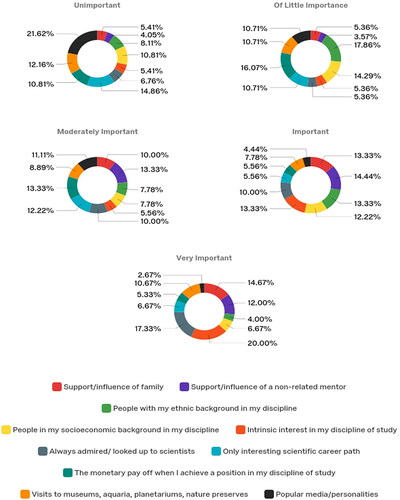
Figure 4. Word cloud demonstrating the difference in word choice Indigenous students used to describe a scientist. A. Word choice of Indigenous students who had never engaged with an Indigenous role model or mentor. B. Word choice of Indigenous students who had engaged with an Indigenous role model, mentor, or cultural practitioner.

Figure 5. Graphic illustration of responses when respondents were asked if tradition and culture were an important influencing when choosing a career/discipline. 38% of respondents said it was very true that culture played a role in career choice, 22% selected true, with only 9% selecting that culture played no role in career choice.
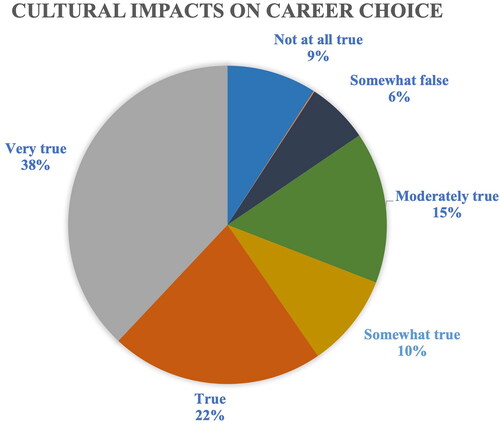
Figure 6. Graphic illustration of Indigenous respondents responses to the question of engagement in their cultural beliefs and practices. 35% of respondents selected that they consider themselves very cultural, and only 6% considering themselves somewhat cultural. Overall 55% consider themselves engaged in cultural practices.
